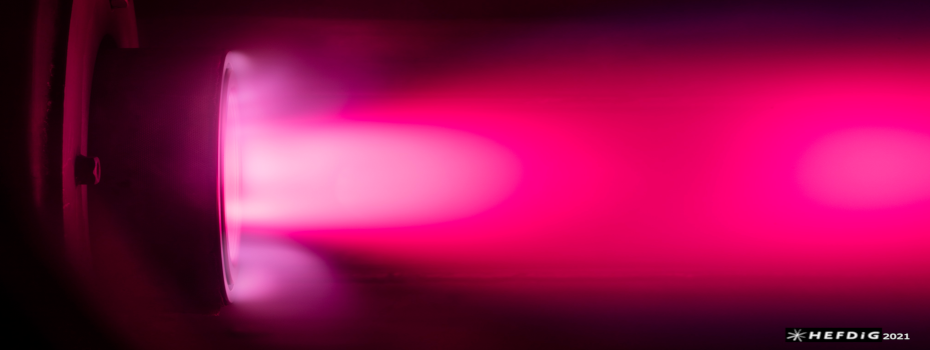Speaker
Description
Introduction
The missing understanding of the disintegration of spacecraft structures during the atmospheric entry flight is the main driving parameter for the calculation of ground impact risk. Additionally, the full demise of the spacecraft becomes increasingly important, because of the rapidly increasing number of Low Earth Orbit (LEO) which undergo uncontrolled entry after the mission. The recently launched satellite systems such as Starlink and OneWeb with thousands of satellites have furthermore only short lifetimes of 3-5\,years which again increases the amount of entering space debris. It is of utmost interest for the space industry to predict the re-entry and demise accurately and space debris problems are a main topic of the European Space Agency under the Space Debris Initiative.
One option for the analysis of re-entry processes is the observation of spacecraft during re-entry which gives insight into the processes that dominate fragmentation and ultimately the demise of spacecraft. Another option is to fly on-board systems which analyze the entry in-situ. However, this requires a comparably complex system and the hardware has to be sent to space. Four Re-entry Break-up Recorders (REBR) were flown aboard Japanese and European Spacecraft, of which three acquired data. Finally, the experimental simulation of re-entry demise can be realized in ground testing facilities. In comparison with flight observations, this method allows investigating the particular features of an atmospheric entry leading to the full demise of spacecraft structures.
The High Enthalpy Flow Diagnostics Group participated in almost all airborne re-entry observations using different spectroscopic instrument. We develop diagnostic methods to be applied in ground testing experiments allowing us to assess the material processes in-situ. With a recently installed load cylinder, the simulation of mechanical forces during the aerothermal testing becomes available. Mechanical forces have been largely discounted and thus not included during re-entry simulations aside from a few case-specific, high-level codes.
In this study, material samples of the main structural components used in spacecraft were tested under combined aeromechanical and thermochemical loads. During testing the emission spectra of the stagnation point were observed by an Echelle spectrometer in 250-880nm. The results of the present study show that depending on the mechanical stress and the aerothermal situation, the materials show different features in the spectral data.
Experimental Arrangement
Experiments were conducted in the plasma wind tunnel facility PWK4 at the Institute of Space Systems - IRS at the University of Stuttgart. The facility consists of a cylindrical vacuum vessel with a diameter of 2m and a length of 6m, connected to the central vacuum system with a four-stage pump system that allows static pressures in the range of 1Pa-50kPa. The plasma is generated by the thermal arc-jet plasma generator RB3, allowing for high local specific enthalpy at sufficiently high total pressures. The material samples are 20mm x 5mm flat bars or 10mm diameter round bar samples with a length of 90 mounted between a 5kN electro-mechanical actuator and the movable PWK test platform.
Material samples were prepared from 4 common structural spacecraft materials (Al6060,Al7075,A316,TiAl6V4).
The samples were tested at conditions corresponding to the re-entry of CYGNUS OA-6 with trajectory points mathed between 90km and 60km altitude. During testing the samples were observed with still frame and video imaging, thermal imaging and an echelle spectrometer. The forces and generator conditions were synchronized with the instruments allowing for a time resolved interpretation of the data.
Results
Prior to the material failure the bulk material was not visible spectrally in any of the experiments. However all of the materials showed chracteristic and unique spectra. Aluminum samples were chracterized by the emission of Alkali metals with Lithium lines being unique to Al6060. Chromium lines were the strongest radiator in the A316 stainless steel sample while TiAl6V4 is chracterized by the emission of Vanadium. The surface temperature, oxidation state and force dependent emission of these samples will be shown and discussed in the final paper.
Conclusion
The characteristic spectral features of common spacecraft materials can give insight into the failure modes of re-entering spacecraft. This can further the understanding of the processes governing fragmentation and allow the reconstruction of the break-up from spectroscopic data.
Summary
Destructive experiments of common structural spacecraft materials were conducted in the plasma wind tunnel facilities of IRS Stuttgart. The spectral features allow a distinct differentiation between materials even among different aluminum alloys. This can give insight into the failure modes of re-entering spacecraft.

